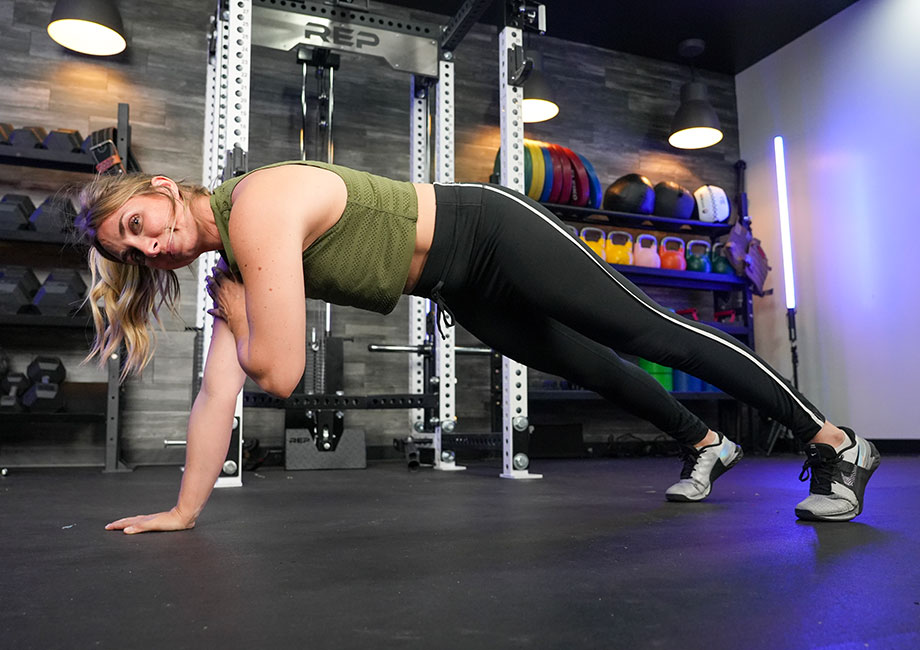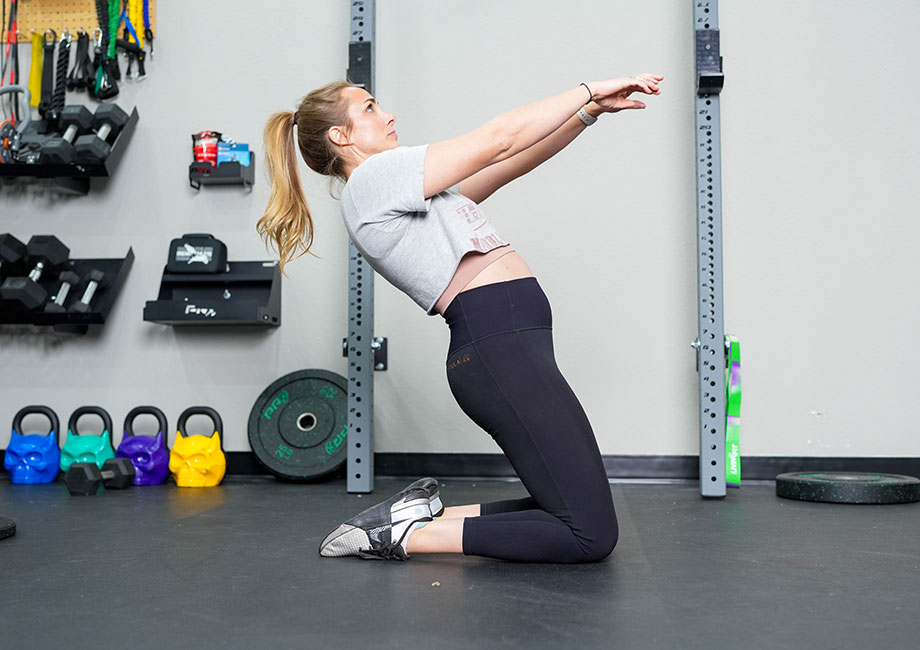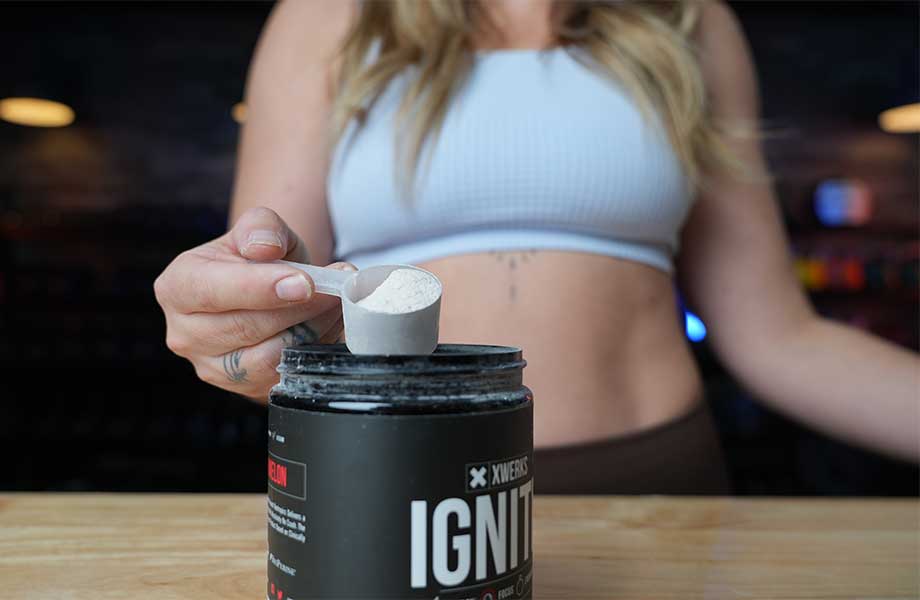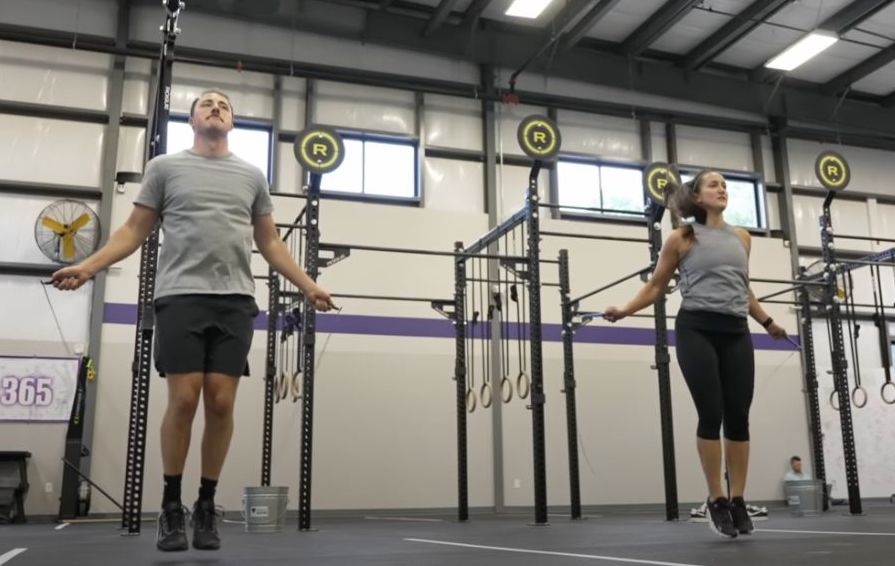Load up a bench press, crank out eight to 10 perfect reps, and then rinse and repeat with more weight: this is often considered the large, muscular chest formula. That’s true. But you can also strengthen and grow your pecs using bodyweight exercises.
RELATED: Best Chest Exercises
For some, training with your body weight is generally more convenient, affordable, and practical than joining or building a home gym. When performed and modified correctly, bodyweight chest training can create new and exciting stimuli for your chest muscles and unlock new growth potential without beating up your joints.
I—a certified strength and conditioning specialist (CSCS)—am here to share 10 of my favorite bodyweight chest exercises that you can perform nearly anywhere, so you’re not waiting in line for the bench press on a Monday evening.
Best Bodyweight Chest Exercises
Below are 10 bodyweight chest exercises you can program into your current chest day or do exclusively as a bodyweight chest workout. Give a few of these chest exercises a chance and experience new gains in strength, size, and muscular endurance.
- Push-up
- Incline push-up
- Decline push-up
- Parallel/ring dip
- Plyometric push-up
- Spiderman push-up
- Plank shoulder tap
- One-arm push-up
- TRX push-up
- Clapping push-up
Push-Up
Why do it: Think of the push-up as a reverse bench press since the movements are nearly identical. The traditional push-up primarily engages your chest muscles and then utilizes your triceps and shoulders to complete the movement, making it a solid upper-body developer. Holding yourself in the push-up position followed by the full range of motion can also help increase your stability, balance, and power.
How to do it:
- Assume a plank position on the floor with your arms shoulder-width apart.
- Keeping a strict plank, lower your body slowly toward the floor in a controlled manner until your chest is about an inch or so from touching.
- Reverse direction and press back up to your starting position without locking out your elbows. During the entire movement, try keeping your shoulders locked back and pushing down toward your waist to engage your chest more.
- Repeat for reps.
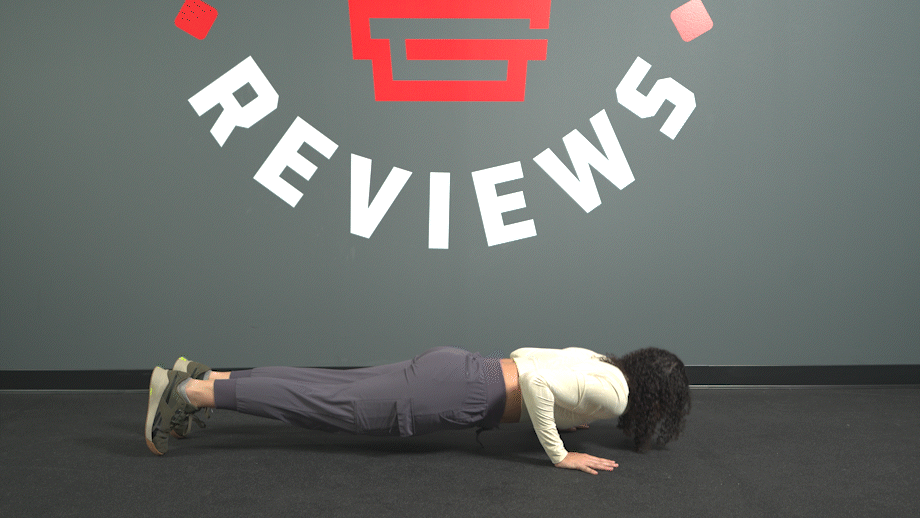
Incline Push-Up
Why do it: Elevating your hands onto a bench or chair makes the push-up easier. The incline push-up is great for beginners learning the movement or folks looking to perform a burn-out (or finisher) set after traditional push-ups.
How to do it:
- With your feet on the floor, place your hands on a bench or chair in front of you so that you’re in a straight-lined, plank position.
- Lower your upper body toward the bench an inch or two before you touch your chest and then reverse the motion without locking your joints.
- Repeat for reps.
Expert tip: Though you may feel like this is a much easier version of the push-up, resist the urge to speed up your reps.
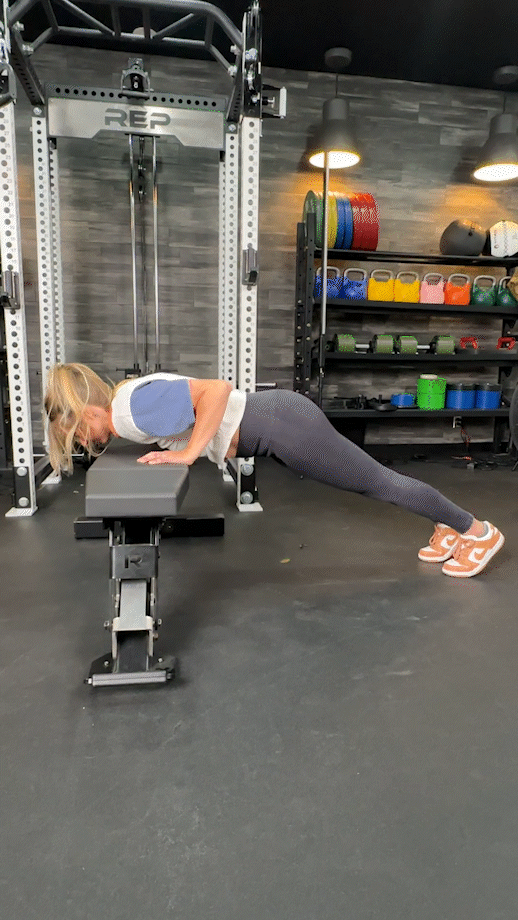
Decline Push-Up
Why do it: The decline push-up has a two-fold advantage. It’s made more challenging by elevating your legs as you transfer more of your body weight to your upper body. Secondly, you can focus more stress on your upper pecs, helping to round out your chest development.
How to do it:
- Place your hands on the floor and your feet on a chair or bench.
- In the same manner as the standard push-up, lower your body toward the floor with control and push yourself back up without locking your elbows.
- Repeat for reps.
Expert tip: Since this version is more of a challenge, resist the urge to let your hips drop, creating a bowed position. Keep your abs engaged and in a planked posture.
RELATED: 17 Push-Up Variations
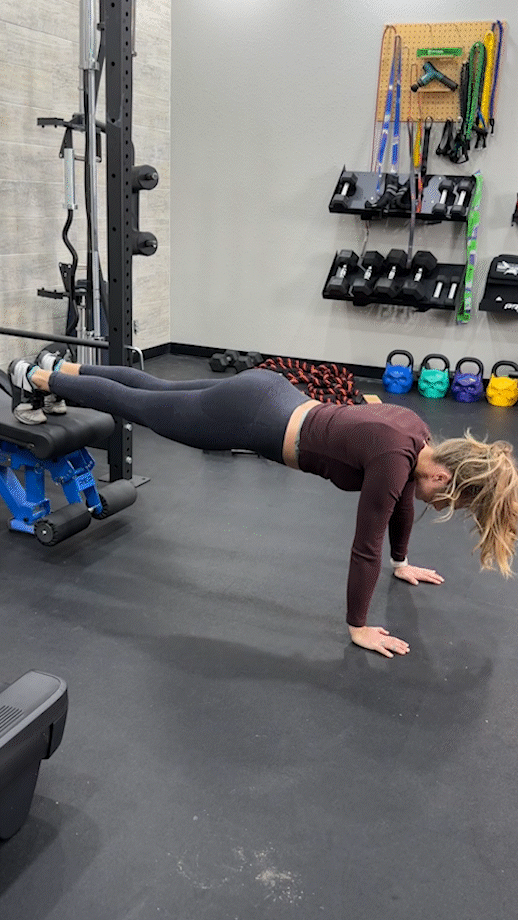
Parallel/Ring Dip
Why do it: Parallel or ring dips present a unique angle for your chest by stressing the outer and lower portions of your pecs.
How to do it:
- Begin by grasping a set of parallel bars or hanging rings (for more of a challenge), and start at the top of the movement with your elbows slightly bent.
- Lower yourself slowly and with control. Angle your upper body forward by shifting your hips back. This should give your pecs a good stretch.
- Go as low as comfortable for your shoulders. Return to the top extending position without locking your elbows.
- Repeat for reps.
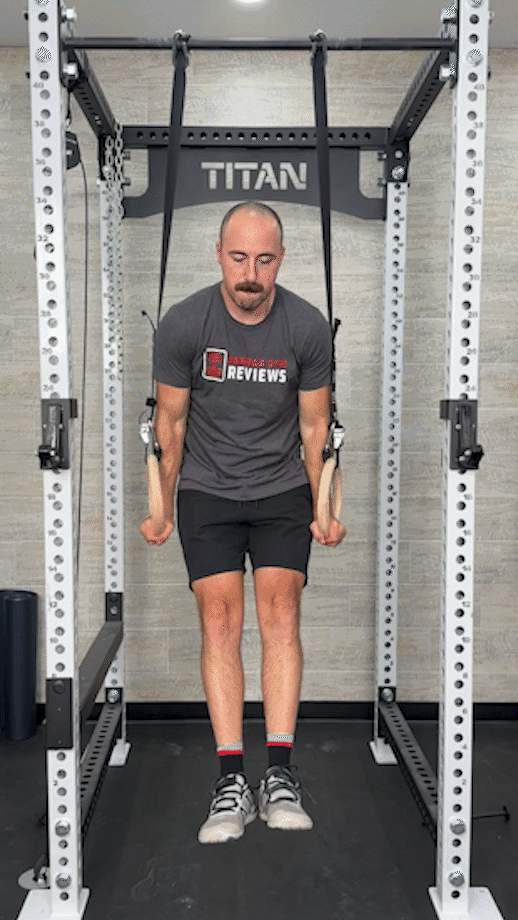
Plyometric Push-Up
Why do it: An exercise has two main phases: the eccentric (or lowering) phase and the concentric (or lifting) phase. The plyometric push-up focuses primarily on the concentric portion of the movement as you explode upward to bring your hands on the ground. Studies show that performing the eccentric phase1 of a lift slowly and allowing the muscles to stretch under load2 is better for muscle growth.
However, focusing purely on the concentric—as you do during a plyometric push-up—is a good measure of your power output. Routinely cranking out sets of plyo push-ups during your workout routine can enhance your upper-body explosivity.
How to do it:
- Assume the traditional push-up position.
- Lower your body toward the floor in a controlled manner.
- Rapidly reverse direction with as much speed/force as possible, attempting to launch your hands off the floor. Do not clap your hands at the top of the movement. Simply allow your hands to leave the floor.
- Land back onto your hands and allow your body to lower back down before thrusting yourself back up with speed.
RELATED: Explosive Workouts
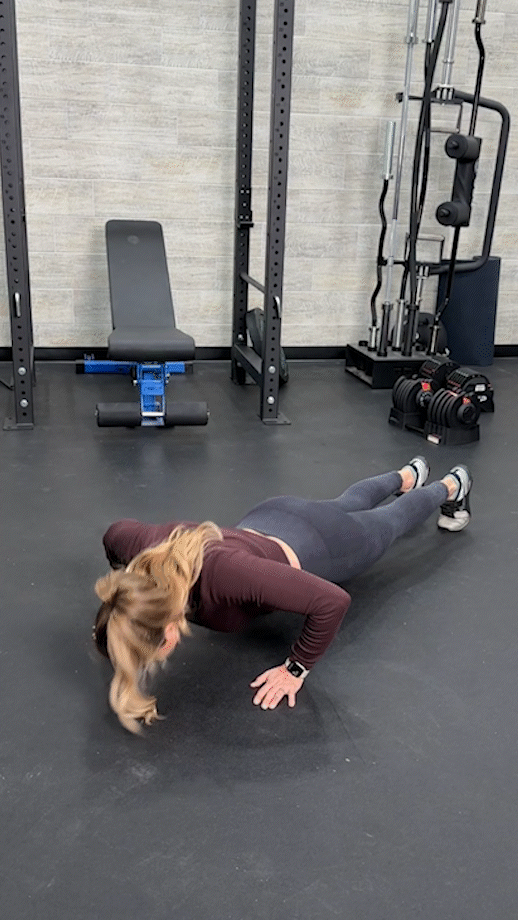
Spiderman Push-Up
Why do it: For the ultimate test of strength, stability, and control, few exercises come close to the Spiderman push-up. It will not only challenge your muscular endurance, it will also demand coordination and control.
How to do it:
- Assume the traditional push-up position.
- As you lower your body toward the floor, simultaneously bring your left knee up toward your left elbow as if to touch.
- As you reverse the movement and press up, return your leg to the starting position.
- Repeat for the right side as you lower back down, bringing your right knee toward your right elbow and then back down as you press back up.
- Keep alternating sides for reps.
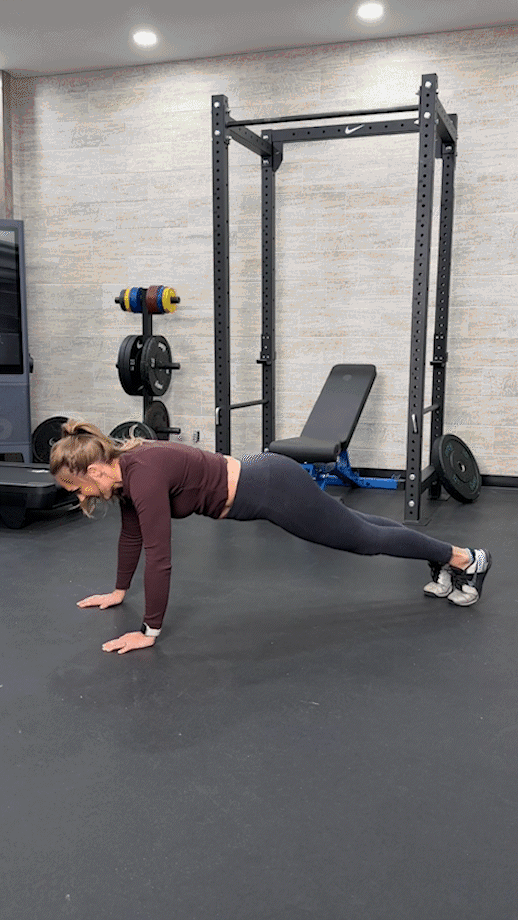
Plank Shoulder Taps
Why do it: Planks are not only a great stability exercise for your core, they can also strengthen your shoulders. Bringing one hand off the ground and touching the opposite shoulder places a greater demand on your deltoids, testing and strengthening their stability.
How to do it:
- Get into the plank position with your hands flat on the floor.
- Start by taking your left hand and reaching up to your right shoulder to tap.
- Return that hand to the floor and repeat for the opposite side for reps.
RELATED: 13 Plank Exercises and Variations
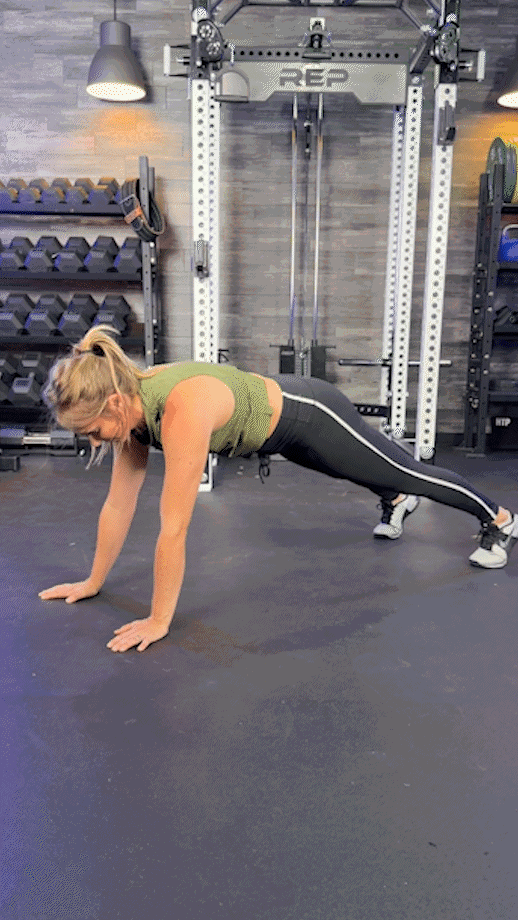
One-Arm Push-Up
Why do it:
If traditional push-ups don’t challenge you enough, then the one-arm version will definitely up the intensity of the exercise. By performing these unilaterally, you also instantly increase the stress on each side and help correct muscular imbalances.
How to do it:
- In the push-up position, spread your legs out to increase your stability and balance.
- With one hand on the floor and one by your waist, lower your body as far as possible without touching the floor.
- Press back up. Perform all reps for one side before switching to the other.
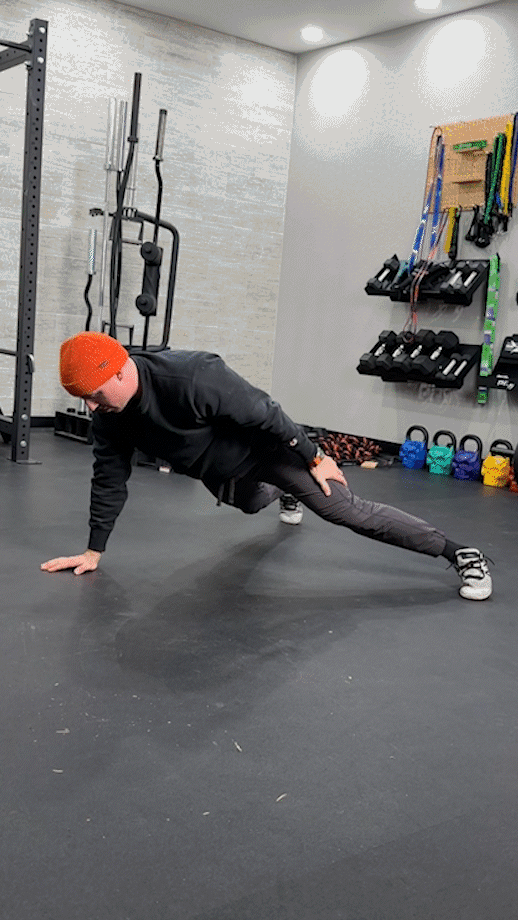
TRX Push-Up
Why do it: Performing a push-up while gripping a suspension trainer creates a lot of instability. Your muscles will work overtime staying stable, and, as a bonus, the slightly elevated handles allow you to travel through a longer range of motion, which helps facilitate more muscle growth (if that’s your goal).
How to do it:
- Affix a suspension trainer overhead and grasp the handles.
- Place your feet behind you and extend your arms out under your shoulders.
- Descend between the handles and lower your body until the handles are approximately in line with your shoulders.
- Keeping the handles of the suspension trainer steady, press back up into the top position.
- Repeat for reps.
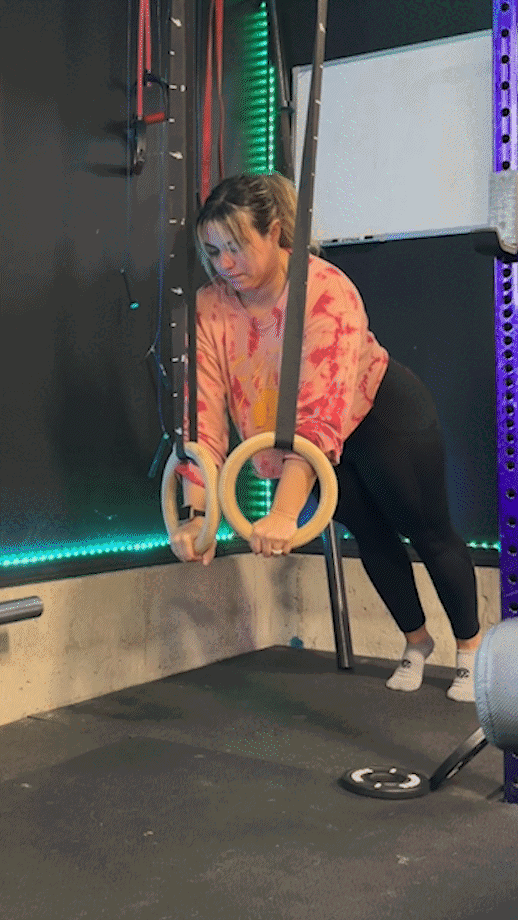
Clapping Push-Up
Why do it: This variation of the plyometric push-up will challenge you to apply even more power to the exercise. It’s a great way to progress once you gain enough strength from traditional versions. Be careful when performing this variation. Bringing your hands together to clap can leave you susceptible to falling face-first into the floor.
How to do it:
- In the traditional push-up position, lower yourself toward the floor.
- Once you’re about an inch or two from the floor, rapidly reverse the motion with as much speed and power as possible.
- Once your hands leave the floor clap them together and then quickly return them to the floor to repeat.
Expert tip: Warm-up by performing standard plyometric push-ups to achieve the height necessary to clap your hands safely.
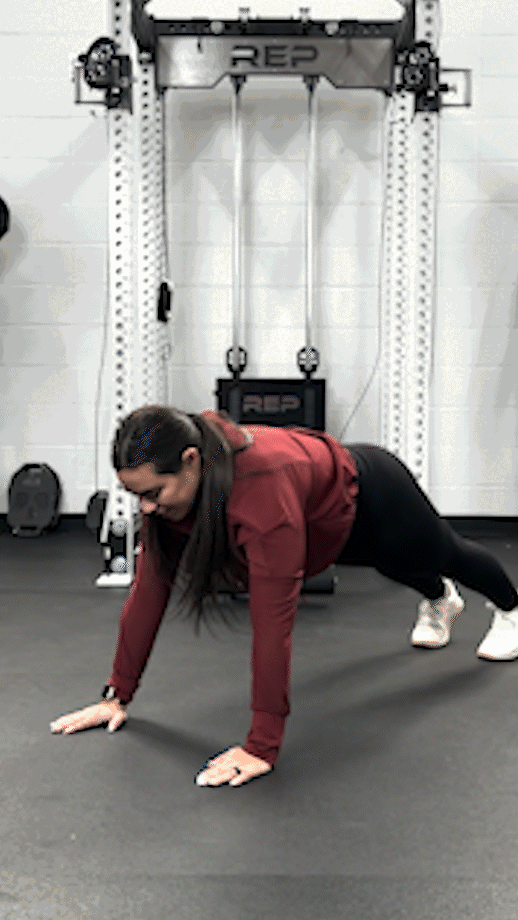
Benefits of Bodyweight Chest Exercises
Using bodyweight exercises for your chest can have several advantages. Some may benefit your traditional chest routine, and others may develop other areas of your chest you never thought possible.
Convenience
You can do these moves almost anywhere with little to no equipment. A bonus is when the bench press has a waiting list on chest day; you can still get after it.
Triggers New Chest Muscle Stimulus
Many lifters use the standard list of chest exercises: barbell or dumbbell bench press and several fly moves. Bodyweight chest exercises will give you a new stimulus, and you may reap some significant gains just for trying something new.
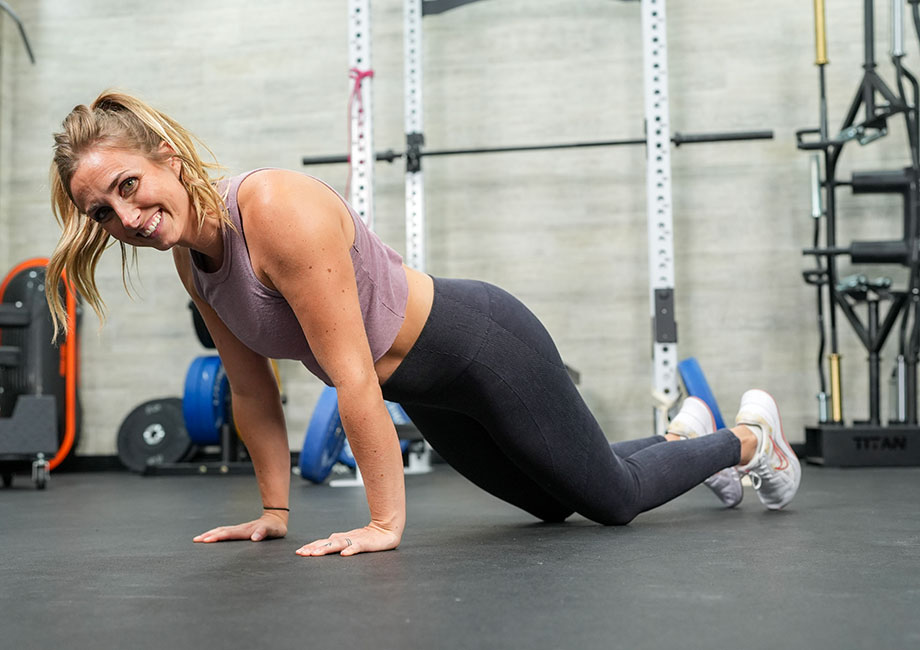
Facilitates Strength
When performing bodyweight chest exercises, you’ll start to develop certain advantages that traditional weight resistance training may not give you. With the stability and balance benefits, you’ll fortify your shoulders, learn to brace your core better, and develop a unique and improved range of motion and control. This will eventually translate into better performance from your traditional weight workouts.
Anatomy of the Chest
Now let’s take a quick look at the chest anatomy and what each area does, exactly.

Pectoralis Major
The pectoralis major is the most visible and recognized muscle of the pectorals. It’s a fan-shaped muscle composed of two heads: the sternal head and the clavicular head.
The sternal head mainly comprises the mid to lower pec area, while the clavicular head comprises the upper region. While both heads work to move the upper limbs from wide to the center line over the chest, the clavicular will also aid in raising the arm up and in front of the body.
Pectoralis Minor
The pectoralis minor lies underneath the pectoralis major. Its primary function is to provide stability for the scapula during pectoralis functions.
Serratus Anterior
The serratus anterior is located laterally in the chest wall. It rotates the scapula, allowing you to raise your arm over 90 degrees. It also protracts the scapula while holding it against the ribcage.
Subclavius
The subclavius is a small muscle located underneath the clavicle. Its job is to anchor the clavicle for stability.
How to Program Bodyweight Chest Exercises
You can program your bodyweight chest exercises in a few ways. You can perform a bodyweight-exclusive routine that excludes traditional weight resistance training equipment or inject one (or several) bodyweight exercises into your existing chest routine.
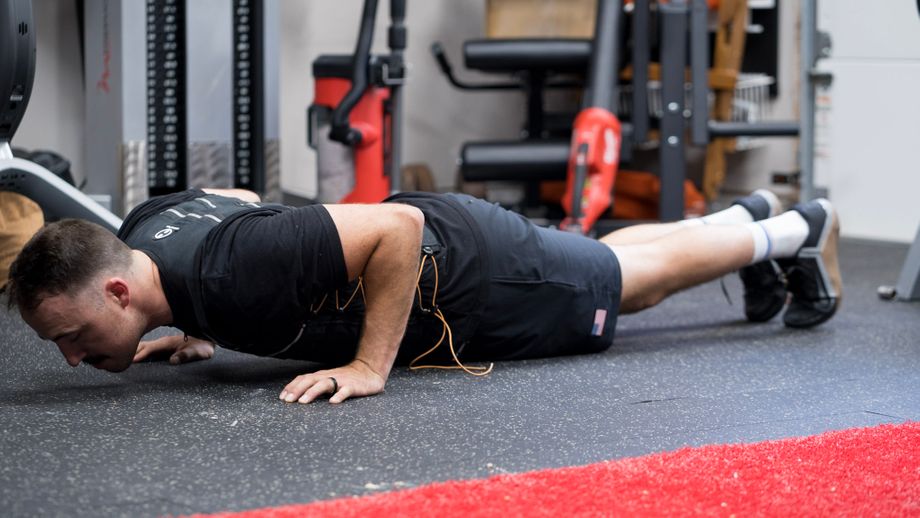
For those who want a complete bodyweight chest program, try this:
Beginner
- Push-up: 3 x 10-15
- Parallel dip: 3 x 5-10
- Plank shoulder tap: 3 x 10-20 taps
Intermediate
- Plyometric push-up: 3 x 5
- Incline push-up: 3 x 5-10
- Spiderman push-up: 3 x 3-10
Advanced
- Clapping push-up: 3 x 5
- One-arm push-up: 3 x 5
- TRX push-up: 3 x 10-15
Bodyweight Chest Exercises: Final Thoughts
It’s completely realistic to get a great chest workout with bodyweight exercises. It just takes a few special techniques and creativity to challenge yourself for more strength, power, and muscle mass. Just remember to use strict form and add a few intensity movements once you’ve mastered the beginner exercises.
Bodyweight Chest Exercises: FAQs
Can you build your chest with body weight?
Yes! Your chest muscles don’t know if you’re lifting a barbell or a two-by-four. All it knows is to respond to resistance and bodyweight training, done correctly, is no different. As long as you use strict form, use challenging exercises, and progress as you get better, you’ll build some appreciable muscle.
Is 3 chest exercises enough to build muscle?
Yes. Many lifters, whether training with bodyweight or traditional barbells, dumbbells, and machines, often overdo the amount of exercises and angles performed. When it comes to building muscle the body loves simplicity and three angles are enough to stimulate all areas of your chest.
How can I build my lower chest without weights?
Specific bodyweight chest exercises can target the lower chest area such as ring and parallel dips, decline push-ups, and TRX push-ups done at a high angle. But remember to add in other exercises for a well-rounded bodyweight chest exercise program.
RELATED: Best Lower Chest Exercises

